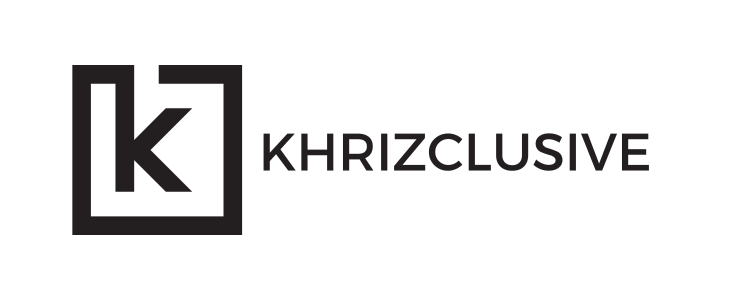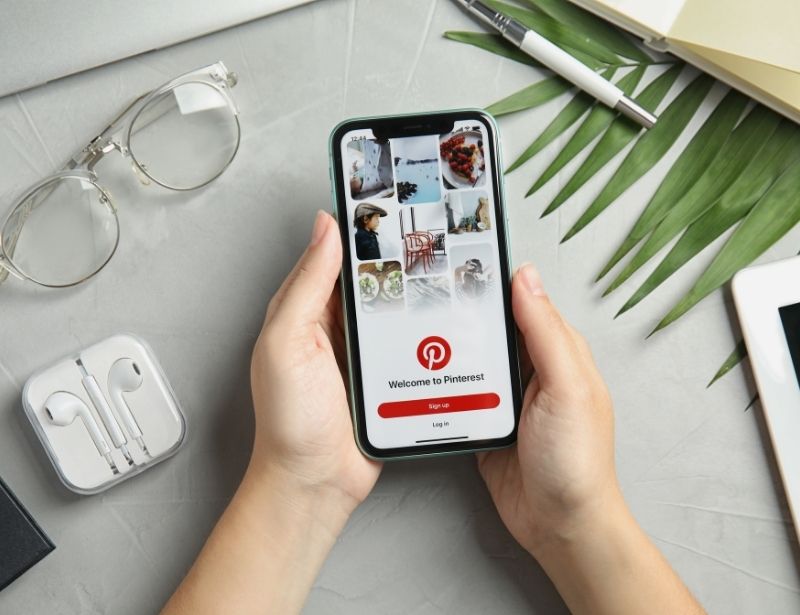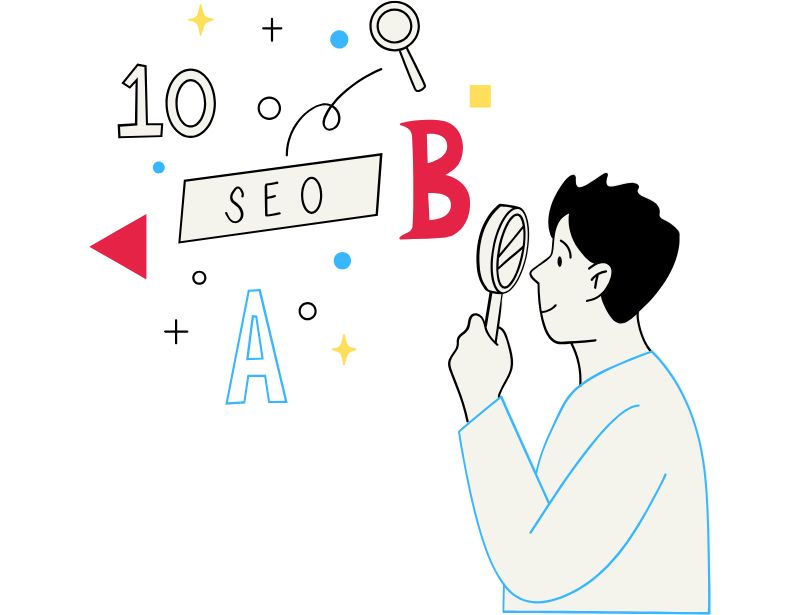Look, we need to talk about Pinterest.
While you’ve been chasing algorithm ghosts on Instagram and doing TikTok dances, an entire universe of high-intent traffic has been hiding in plain sight. Pinterest isn’t just your grandma’s app anymore, it’s a search engine.
The average Pinterest user is ready to act, credit card in hand, looking for solutions. Not mindless scrolling. Not rage-bait comments. It gives actual solutions. What’s the problem, you ask? Next aesthetic bedroom inspo.
I spent three months optimizing Pinterest profiles for clients ranging from solopreneurs to six-figure brands, and I’m going to save you the time in researching with this breakdown. But fair warning: this isn’t another fluffy “10 tips to make your Pinterest pretty” listicle. This is the technical based on my experience as an SEO strategist and a Pinterest Marketer. It’s a tactical playbook I use that works for me.
Why Most Profiles Fail?
Before we dive into optimization, let’s be honest about why most Pinterest profiles are digital graveyards:
- People treat Pinterest like Instagram: It’s not. It’s a search engine first, social platform second.
- They pin randomly: No strategy, no keywords, no consistency.
- They bail too early: Pinterest rewards patience, not overnight virality. Similar to Google, you let it cook, and it’ll reward you immensely.
The real tragedy? Pinterest users have purchase intent. They’re actively searching for solutions, products, and inspiration, with their wallets open. And most marketers are too busy chasing dopamine hits on platforms with a fraction of the conversion rates.
Let’s fix that.
The Foundation: Your Pinterest Profile Setup
1. Business Account (Non-Negotiable)
If you’re still running a personal account, you’re playing mini-golf while everyone else is in the PGA. Switch to a business account immediately to gain access to the Pinterest tools:
- Pinterest analytics (the goldmine most ignore)
- Rich pins (more on these later)
- Audience insights that will reshape your entire content strategy
Beyond the obvious benefits, a business account signals legitimacy!
2. Keyword-Rich Profile Optimization
Your profile isn’t about you, it’s about what people can find when they search for you. Here’s the blueprint:
- Username: Simple, searchable, no cutesy spellings (@khrizclusive, not @khrizClus!v3)
- Display name: Include your primary keyword + your name (Example: “Pinterest Marketing | Khriz Zaragoza”)
- Bio: 500 characters of pure SEO juice, front-load with keywords in your niche while maintaining readability
- URL: Clean, branded, and trackable with UTM parameters to measure Pinterest traffic
Pro tip: Don’t just guess your keywords. Use Pinterest’s search bar as your free keyword research tool. The autosuggest functionality reveals exactly what users are searching for in your niche. Or you can use paid tools like PinClicks, which does wonders for me and my clients!
3. Optimized Profile Image
This isn’t your LinkedIn corporate headshot or your beach vacation selfie. Your profile image needs to be:
- Clear and high-quality (duh)
- Recognizable at small sizes (Pinterest displays images tiny in search)
- Consistent with your brand across platforms
- Professional without being sterile
A face performs better than a logo for personal brands, but either way, make sure it’s crystal clear against Pinterest’s white background.
Content Architecture: Boards That Convert
Your boards aren’t just organizational tools, they’re SEO pillars. Each board is another opportunity to rank for relevant keywords in your niche.
1. Strategic Board Creation
Don’t create boards for yourself. Create boards based on:
- Keywords with search volume (use Pinterest analytics to confirm)
- Topics that align with your business goals
- User pain points you can solve
- Seasonal trends in your industry
For each board:
- Use keyword-rich board names (but keep them natural)
- Write keyword-optimized descriptions (150+ characters)
- Select the most relevant category
- Use the Pinterest search function and find a minimum of 10 to 20 types of content similar to yours and start repinning them to each board. This tells the algorithm what type of boards this is and what your audience should expect.
2. The 70/30 Content Rule
The most successful Pinterest accounts follow this ratio:
- 30% content curation/repinning from others in your niche
- 70% Fresh Pins from your own creation
This balance boosts your discoverability while maintaining authenticity. Pinterest’s algorithm rewards accounts that contribute to the ecosystem, not just self-promoters.
Pin Optimization: The Technical Details No One Talks About
This is where most “how to optimize your Pinterest profile” articles fall apart: vague advice with no technical specifics.
1. Rich Pins: Your Unfair Advantage
Rich pins pull metadata directly from your website to enhance your pins with real-time information. They come in four types:
- Product pins (include pricing, availability)
- Article pins (headline, description, author)
- Recipe pins (ingredients, cooking times)
- App pins (direct install buttons)
Enabling rich pins requires technical implementation, but the ROI is undeniable.
2. The Perfect Pin Formula
Every pin you create should follow this framework:
- Optimal dimensions: 1000×1500 pixels (2:3 ratio)
- Text overlay: Add text to your pins and include your keyword.
- Brand consistency: Fonts, colors, and design elements should be instantly recognizable
- Focusing on creating eye-catching design: Pinterest is still a visual search engine.
- Pin titles: 100 characters maximum, with primary keyword in the first 30
- Pin descriptions: 500 characters with primary and secondary keywords naturally included
- Alt text: Yes, Pinterest has it, use it for accessibility and additional SEO
- Call to Action: Include CTA’s to pins or descriptions to encourage engagement. (Save this Pin, Read Full Blog, etc.)
- Destination URL: Direct link to high-value, relevant content (no bait and switch)
3. The SEO Trifecta
Pinterest SEO isn’t just about keywords, it’s about alignment across three elements:
- Visual content: What the image communicates
- Text overlay: What words appear on the image
- Description: How you describe the pin
When all three align around the same primary keyword, Pinterest’s algorithm has clear signals about how to categorize and recommend your content, which can increase your reach.
Analytics: Measure What Matters
Pinterest provides robust analytics, but most users either ignore them completely or focus on vanity metrics.
1. Engagement Metrics That Actually Matter
Focus on:
- Click-through rate: Not just impressions or repins
- Save-to-click ratio: Are people saving but not clicking? Fix that.
- Outbound clicks: The ultimate goal for most businesses
Ignore:
- Total followers (largely irrelevant to reach on Pinterest. Your objective is not to get more followers.)
- Total pins (quality > quantity)
- Generic impressions without context
2. Content Performance Analysis
Check your Pinterest analytics weekly to identify:
- Best performing pin styles (colors, layouts, text placement)
- Top-converting boards
- Optimal posting times for your audience
- Seasonal trends in your niche
Use this data to refine your strategy and double down on what works.
3. Conversion Tracking
If you’re serious about Pinterest as a marketing channel, set up:
- Pinterest tag on your website
- Event tracking for key actions (purchases, sign-ups)
- Conversion attribution modeling
Any effective marketing efforts rely on data-driven action! These data become invaluable when you eventually move to promoted pins.
Advanced Strategies for 2025
1. Video Content Dominance
Pinterest is aggressively promoting video content. This improves your visibility on the platform. Create:
- Idea pins (Pinterest’s version of Stories)
- Short-form instructional videos
- Product demonstrations
- Behind-the-scenes content
Videos help improve your online presence on Pinterest, similar to other social media platforms.
2. Pinterest SEO Beyond Pinterest
Your Pinterest optimization strategy should extend to your website:
- Add Pinterest meta tags to your website
- Enable easy pinning from all product and content pages
- Create “pin this” or “save for later” call-to-action buttons on key content
- Optimize images for Pinterest sharing (correct dimensions, descriptive filenames)
3. Cross-Platform Amplification
Use other platforms to drive Pinterest engagement:
- Share your Pinterest boards on Quora answers
- Embed Pinterest boards in relevant blog content
- Highlight your best pins in email newsletters
- Create platform-specific content that drives to Pinterest for “the full guide”
The 30-Day Pinterest Optimization Plan
Here’s your executable gameplan:
Days 1-3:
- Convert your profile page to a business account
- Complete profile optimization with keywords
- Set up rich pins
- Research and identify top 10 keyword ideas in your niche
Days 4-10:
- Create a board (at least 5-7 boards) and include keywords in the titles and descriptions
- Populate each board with 15-20 high-quality pins from other pinners
- Create high-quality and visually appealing pins using the perfect pin formula
- Join 3-5 relevant group boards
Days 11-20:
- Create daily pins (mix of original and curated)
- Implement website optimizations for Pinterest
- Set up Pinterest tag and conversion tracking
- Analyze early performance data and adjust
Days 21-30:
- Scale creation of successful pin types
- Experiment with video content
- Engage with Pinterest pages in your niche
- Refine your strategy based on analytics
The Truth About Pinterest Growth
Let’s get real: Pinterest is one of the underutilized platforms out there. True, Pinterest isn’t an overnight success platform. The compound effect of consistent, optimized pinning typically shows significant results around the 90-day mark.
But when it hits? You’re looking at evergreen traffic that continues performing for years, not hours like an Instagram post or days like a tweet.
The Pinterest marketer’s advantage is playing the long game in a short-term obsessed digital world.
Conclusion: Beyond Optimization
Optimizing your Pinterest profile isn’t just about technical tweaks; Pinterest is a great platform to grow your audience. It’s about understanding search intent and providing genuine value. The most successful Pinterest accounts solve problems before they try to sell solutions.
Start with optimization, but succeed with utility.
If you’ve been sleeping on Pinterest as a traffic source, today’s the day to wake up. While everyone else chases ephemeral attention on crowded platforms, you can be building a discovery engine that works for you 24/7.
Your perfectly optimized Pinterest profile isn’t just another social media presence; it’s potentially your most valuable digital asset.
Now go build it. The search results are waiting.
Want to dive deeper into Pinterest marketing? Check out my other blogs about Pinterest SEO. Or book a call with me to optimize your profile and create a custom Pinterest strategy that converts.






